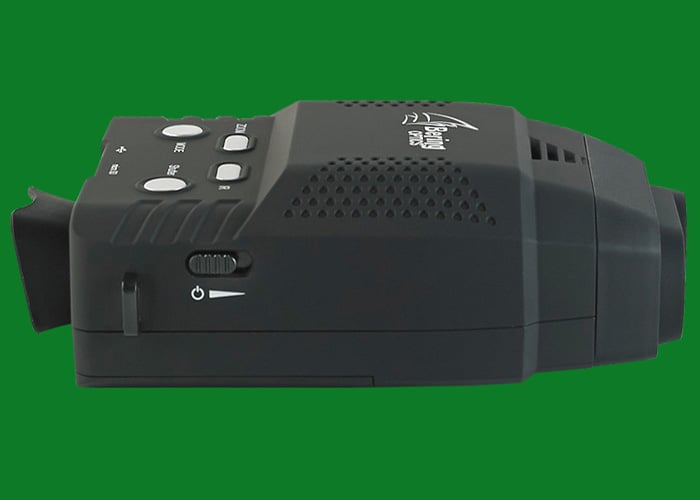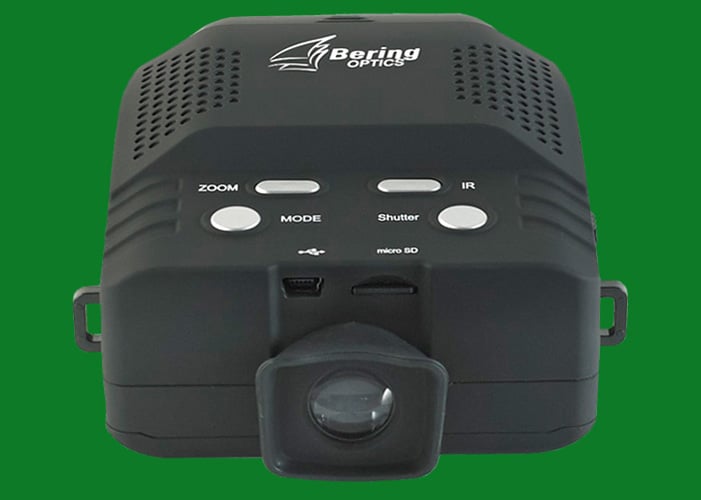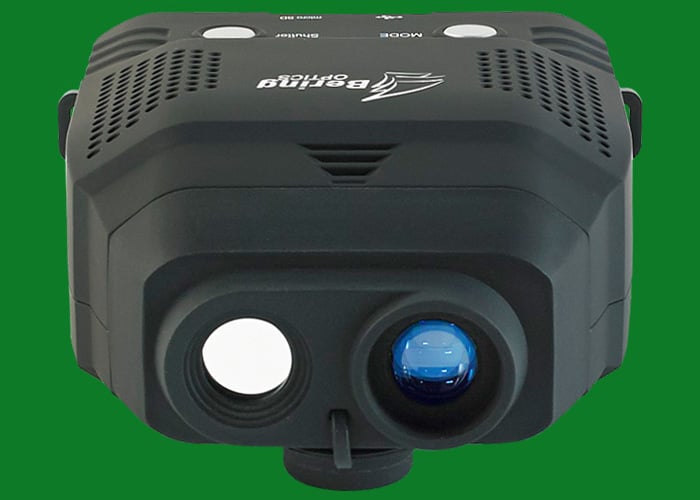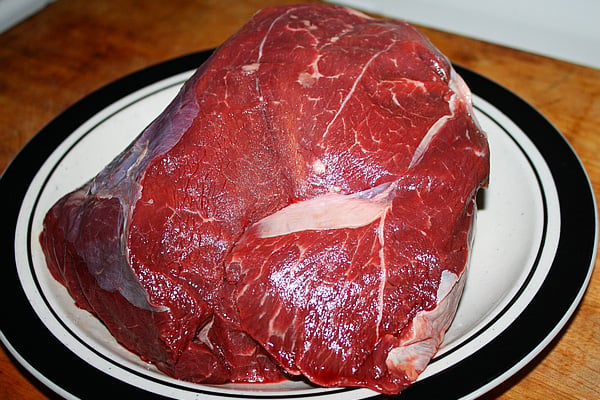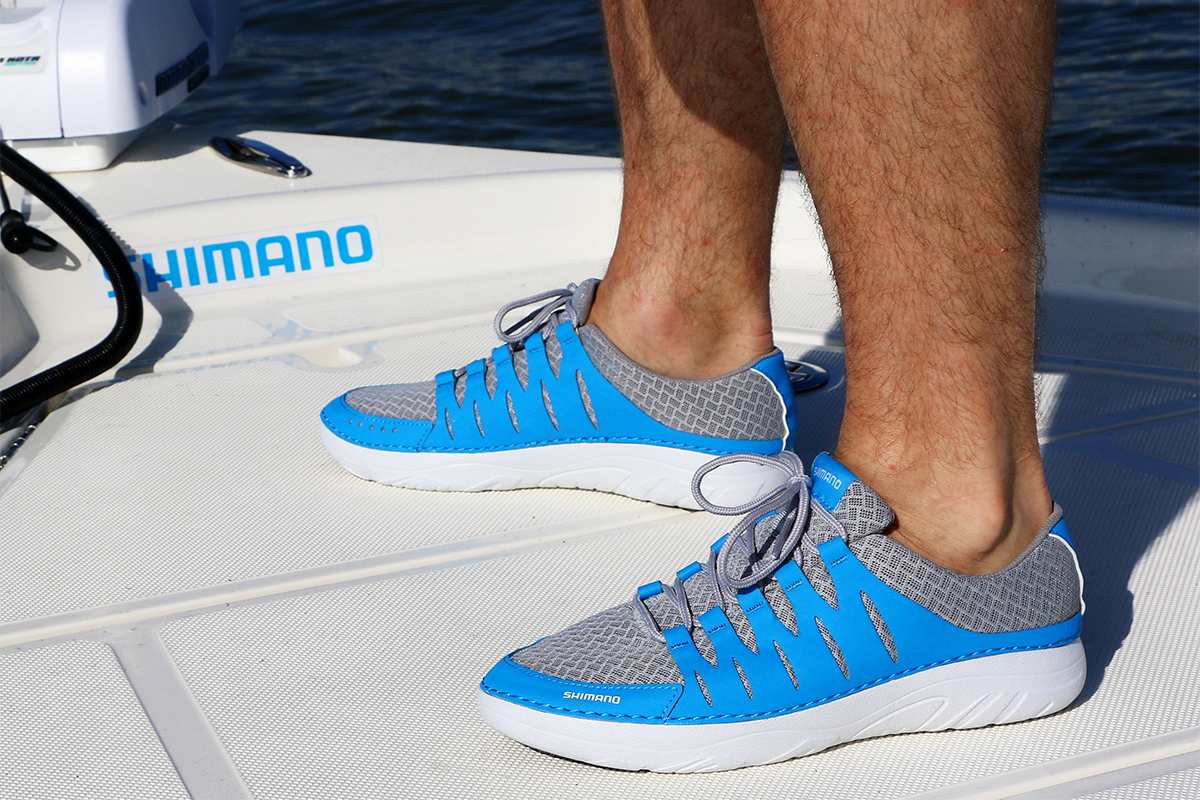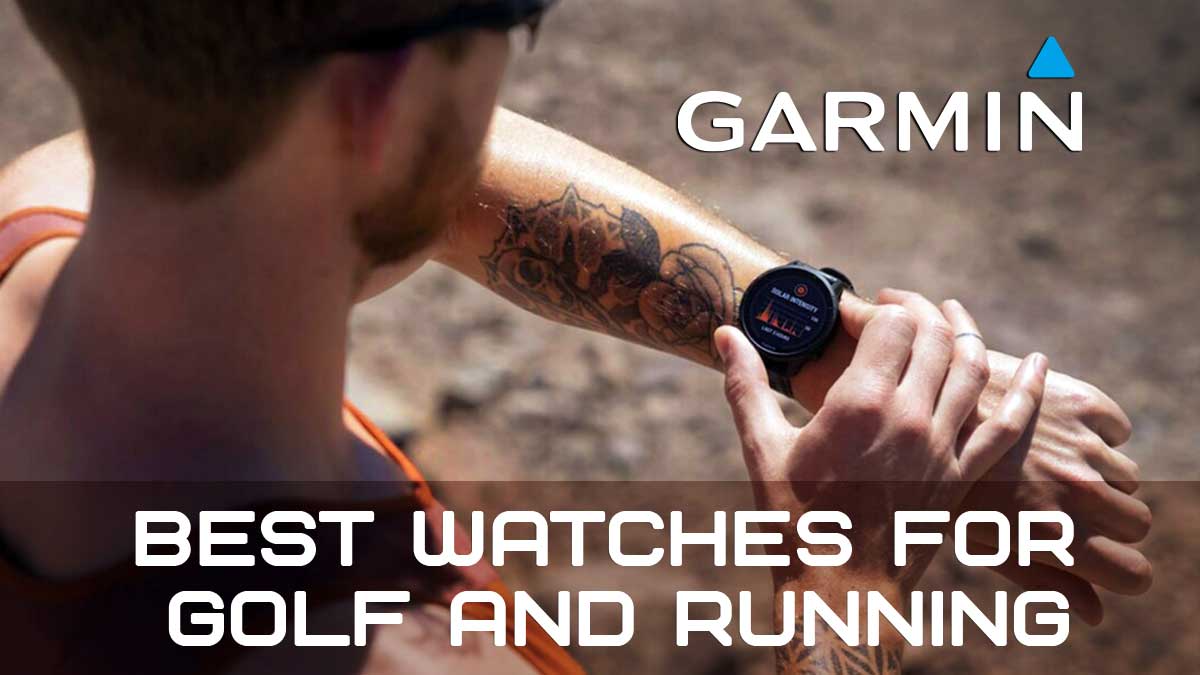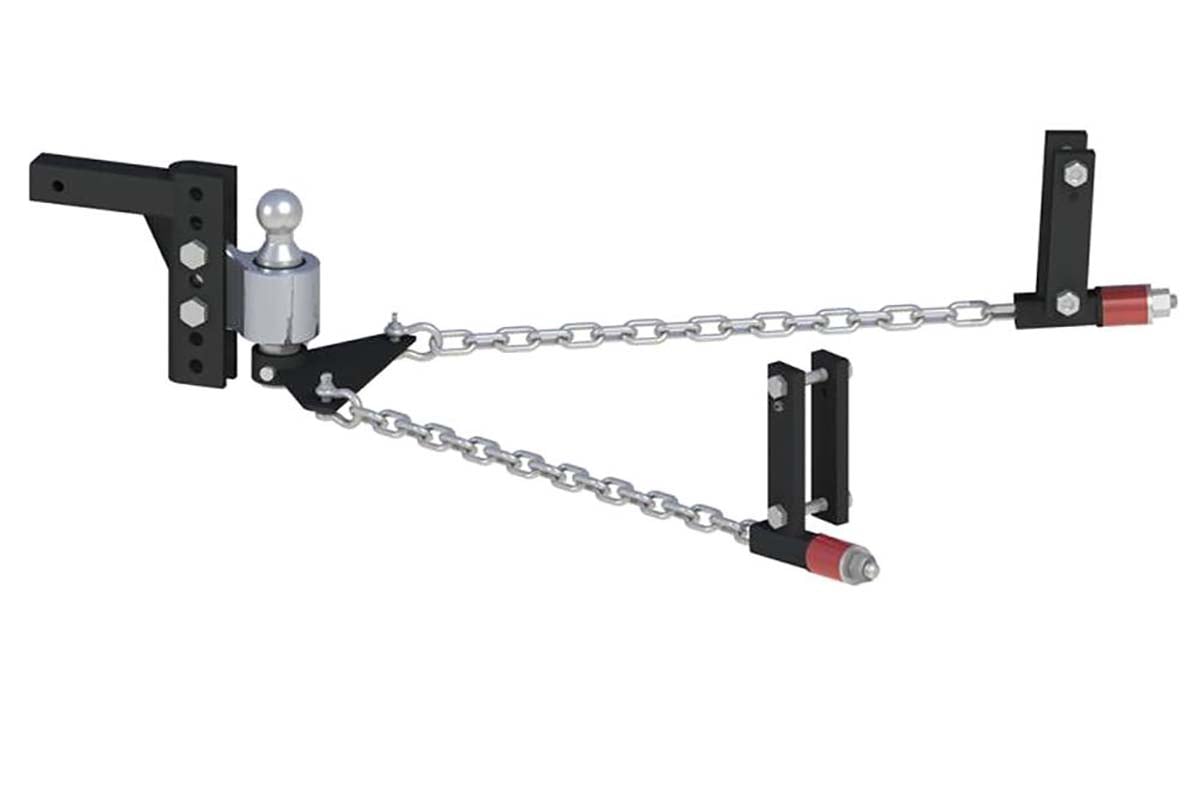Last Updated on
By Mike Burchett
I recently had the ability to see in complete darkness. No, I didn’t have a bionic procedure done on my eyes, although that would be something to talk about. My son and I went out one crisp winter night in search of some Coyotes. No, we weren’t hunting in the traditional fashion but rather we were looking to capture a few images to hang on his wall. We headed out about an hour after dark armed only with the new Bering Optics 1-2×15 Urban Patrol Night Vision Monocular.
I am fairly new to the scene of night vision and this being our first trip afield; we wanted to see what we could really do with this little device. Being fairly rural, there are many uses for such a tool. Do you have raccoons around your property and want to see them clearer? Do you want to see the deer or elk in the back field just after dark? Maybe you are really into hunting varmints and need a way to see them after dark. Whatever your need is, there are always many options at just as many price points to choose from.
When I first received the monocular, I was impressed by the simple yet sturdy packaging. This is always my first observation as I want to see how the manufacturer cares for the product. Upon opening the packaging I found the monocular in a nice slightly padded pouch along with a memory card and batteries already installed. I was 30 seconds into this item and I was ready to go. The memory card used is a micro SD card and the included card has 2gb of storage. Not a silly little 16mb as you see with most cameras. The manufacturer expects you to get to business and start snapping images.
The body of the camera is covered in a grip enhancing rubber. This provides an excellent retention quality. I can imagine cold hands or wet hands when trying to snap a picture in a minimal amount of time as an animal presents itself from the tree line. There are four buttons on the top where your hands naturally rest when holding the device up to your eye. One improvement I could see here is if the larger of the two buttons on either side had a dimpled texture to them. You are operating on your sense of feel when using the device. The buttons are not visible as you have the eye piece to your eye. A slight texture would provide an instant recognition as to what button you are pressing. Yes, one button is smaller than the other but there is no way to really feel the difference when your fingers are cold. This resulted in my changing the mode rather than snapping a photo more than once.
The four buttons control four functions: Shutter, Zoom, Mode and Infrared(IR) levels. There is a focus on both eye piece and the general camera focus. The camera focus is located under the lens and you slide it fore and aft to set the focus. The slider has a fair amount of tension and I found myself over adjusting. I am sure this would become easier as the device is used more but first impressions are just that.
As my son and I watched the clear cut, we examined all edges of the tree line looking for a pup. It was cold. Keep in mind it is January in Washington State. We sat for a couple hours but did not have the chance to find a pup running around. What we did find were some great things about the monocular and some not-quite as great things.
Starting with the great things, I was impressed by how far I could see. On IR level 3, I could see the hillside that was 120+ yards out. Not only could I see it, I could see the detailed landscape. I could see stumps from the recent logging activity, fallen trees and even the slopes and minor deviations in the terrain. The device is light and thus wouldn’t add any real weight to a pack. Yes, this is a night vision device but it also has a setting to snap pictures and video in normal daylight conditions. Wow, two devices in one. Imagine packing miles into a wilderness area and being able to document your trip both day and night with the same device. Now that is some added value.
Unfortunately there are two sides to every coin and we wouldn’t be accurate if we didn’t highlight some of the areas of improvement. With this device not simply being a night vision monocular but also a camera, I will start with the camera. This is my biggest peeve. I consider myself a bit of a “Techy” and so a VGA resolution camera is just unacceptable. Are we in the early 90’s again? My cell phone has an 8mp camera so why is there not at least a 2mp or better optic? I can’t imagine the cost to develop the device would increase too much for a better camera and the users would have a far more positive experience.
The view finder is another area that could use some attention. With the average person’s ability to adapt to darkness being 30-40 minutes in mind, the intensity of the view finder is the biggest downfall. There is no adjustment to the brightness of the display. This lends itself well in bright daylight but in complete darkness this is a huge disadvantage. Each time I would remove the monocular from my eye, I would have to wait 10 minutes before I could really see anything from the eye used with the device. Brightness or intensity needs to have an adjustment.
In all, I give the monocular a 3.5 out of 5 stars. Is it the best on the market? Probably not. Are there places it could be better? Sure. But I don’t know of any device in this price range that would be 5 of 5. The monocular does as intended and I think it does it pretty well. Without the device I couldn’t see the hills but with it, everything was visible.
If you are looking for an entry level night vision device, check out the Bering Optics Urban Patrol Monocular. You will see wildlife in the darkness and not break the bank.
Product images courtesy of Bering Optics.

